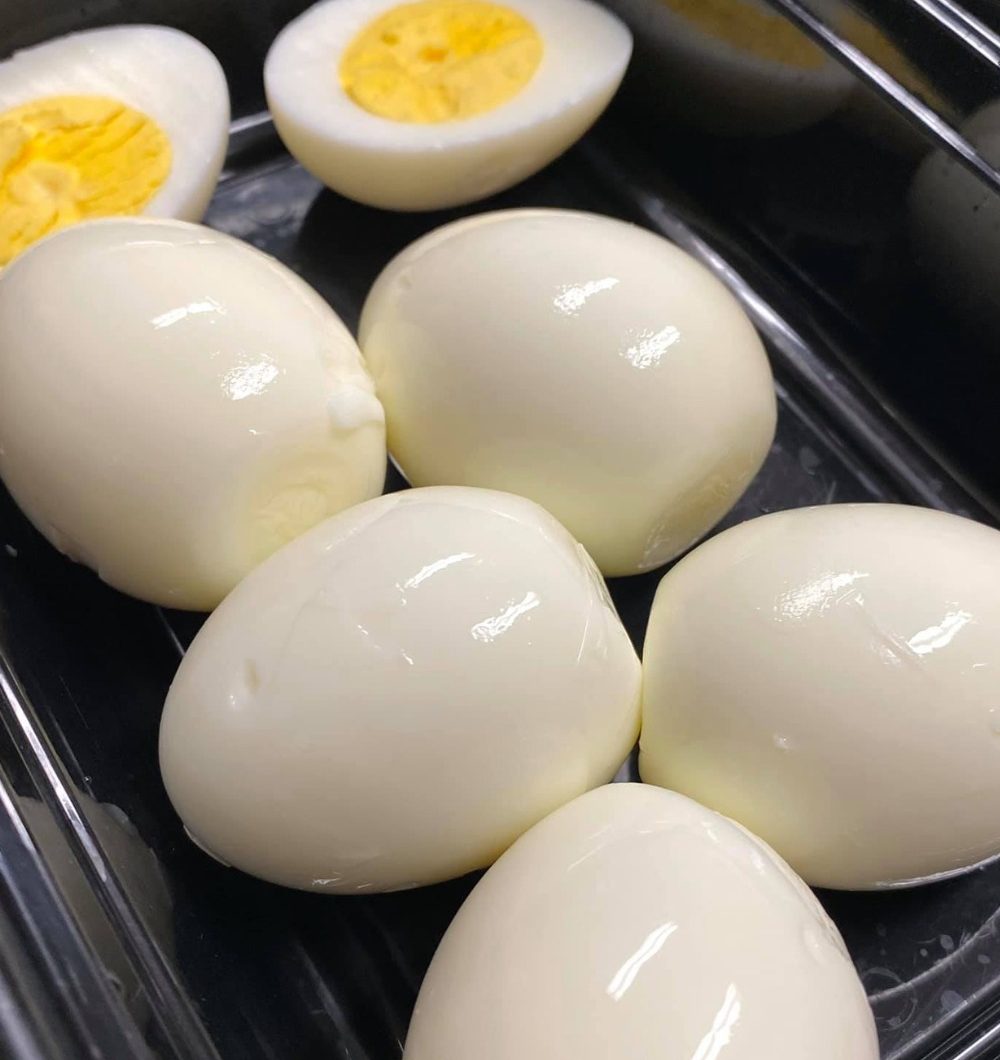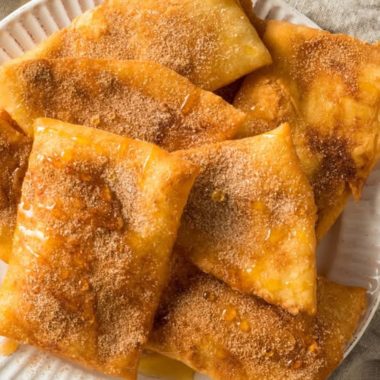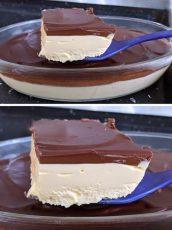Boiled eggs are one of the simplest yet most versatile foods in any kitchen. Whether you’re craving a creamy soft boiled egg with a runny yolk for breakfast, or a firm hard boiled one for salads, sandwiches, or snacks getting the timing just right makes all the difference. I’ve tested this method over and over, and it never fails me.
The key to perfectly boiled eggs lies in precision, gentle handling, and a simple cold water shock right after cooking. This stops the eggs from overcooking and helps in peeling them without that frustrating shell sticking. Trust me, once you follow this method, peeling your eggs will feel almost effortless, and the results will be just how you like them every single time.
Let’s talk about the basics first. I always recommend using large eggs straight from the fridge, and if possible, let them sit out for a couple of minutes while your water is heating up. This little temperature adjustment reduces the chances of the shell cracking when they hit hot water.
Now here’s something important I do every single time: I don’t drop the eggs into boiling water. Instead, I reduce the heat first to stop the bubbling, then gently lower them in with a skimmer or spoon. This helps keep the eggs intact. After that, I turn the heat back up to bring the water to a proper boil again. Timing starts only after that.
If you’re after soft-boiled eggs with that beautiful jammy center, I cook them for exactly 6 to 7 minutes. On the other hand, for classic hard-boiled eggs where the yolk is fully set, I go for 12 to 14 minutes depending on how firm I want them. During this time, I also prep an ice-water bath. It’s not just to cool the eggs quickly it actually stops the cooking process immediately, locking in the perfect texture.
Once the eggs are in the ice bath for a few minutes, I peel them starting from the wider end where the air pocket usually is. This makes the process much easier, especially if you tap and roll the egg gently before peeling.
💡 Tips & Tricks from My Kitchen:
- Don’t boil more than 6 eggs at once. Overcrowding the pot can change the way they cook and might even crack some shells.
- Use a wide skimmer or slotted spoon to lower eggs safely and easily into the pot no cracks, no splashes.
- For soft-boiled eggs, invest in a few cute egg cups they add charm to your breakfast table and keep the egg in place.
- Want an easier peel? Use slightly older eggs; super-fresh ones tend to cling to the shell more stubbornly.
Whether you’re prepping a batch for the week or making breakfast for one, this method will always have your eggs cooked just right. Give it a try and enjoy eggs that peel easy, look beautiful, and taste amazing.






